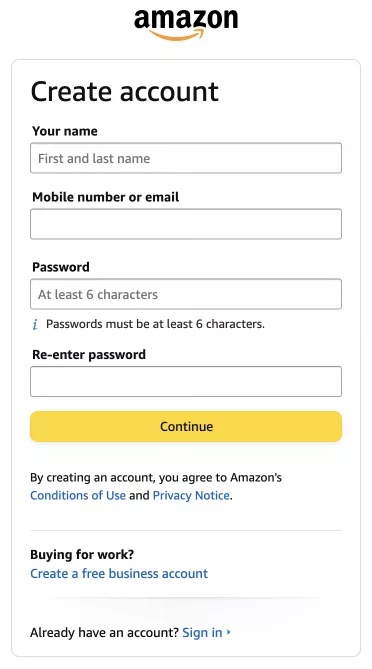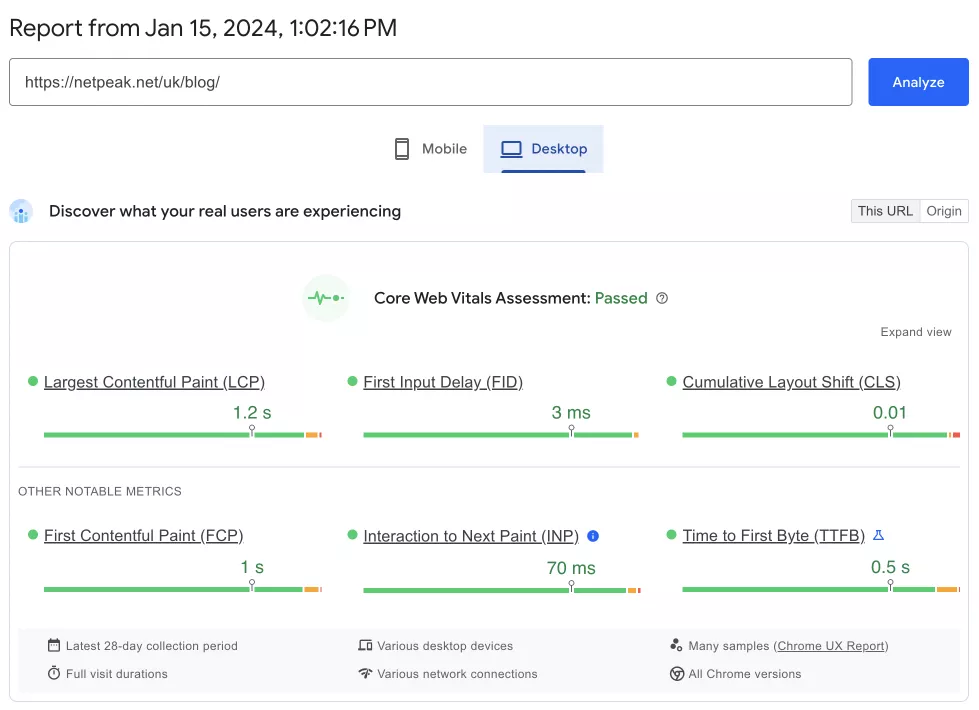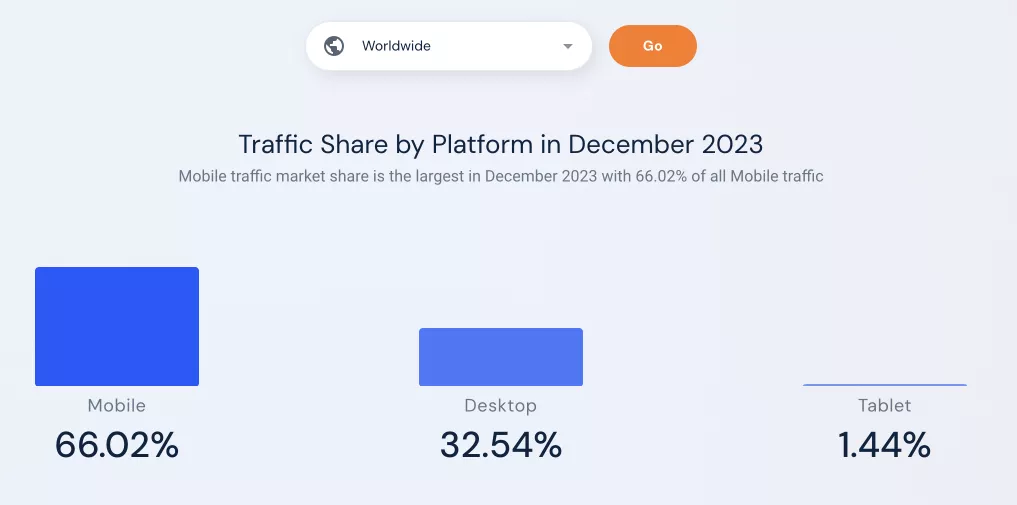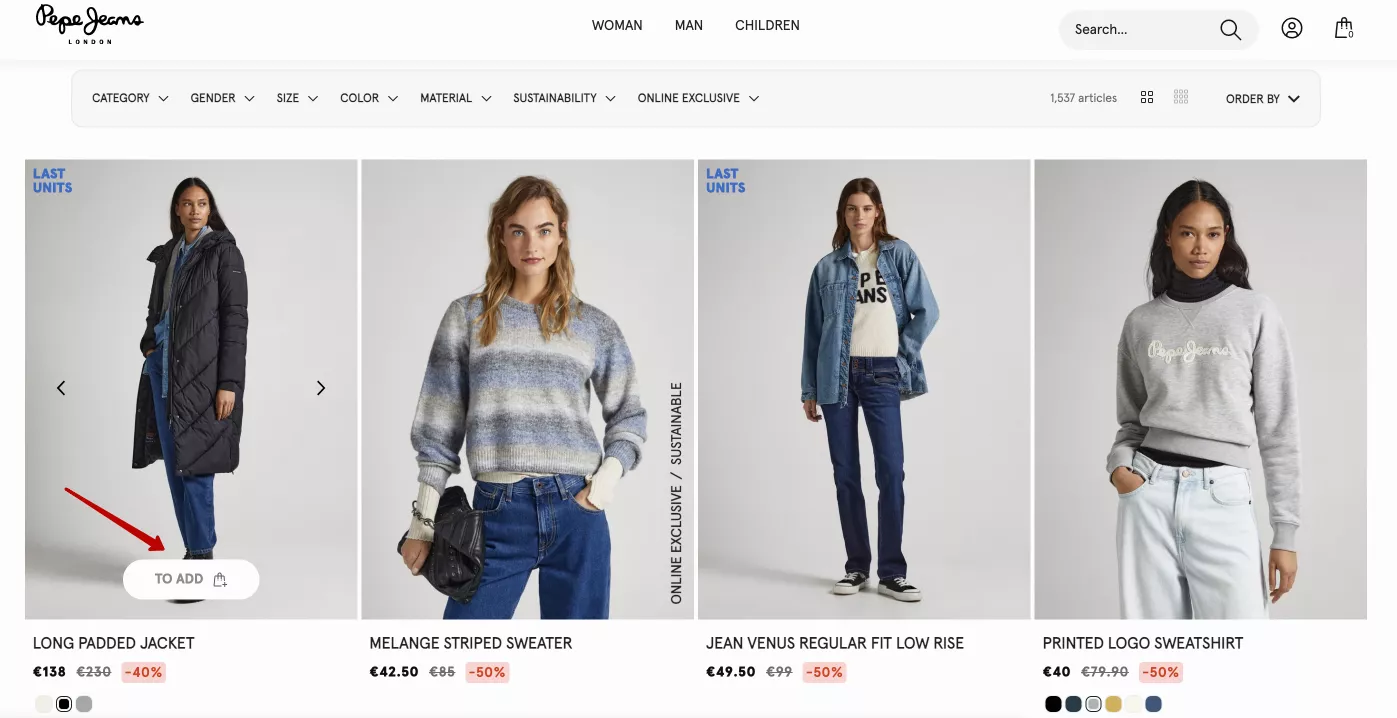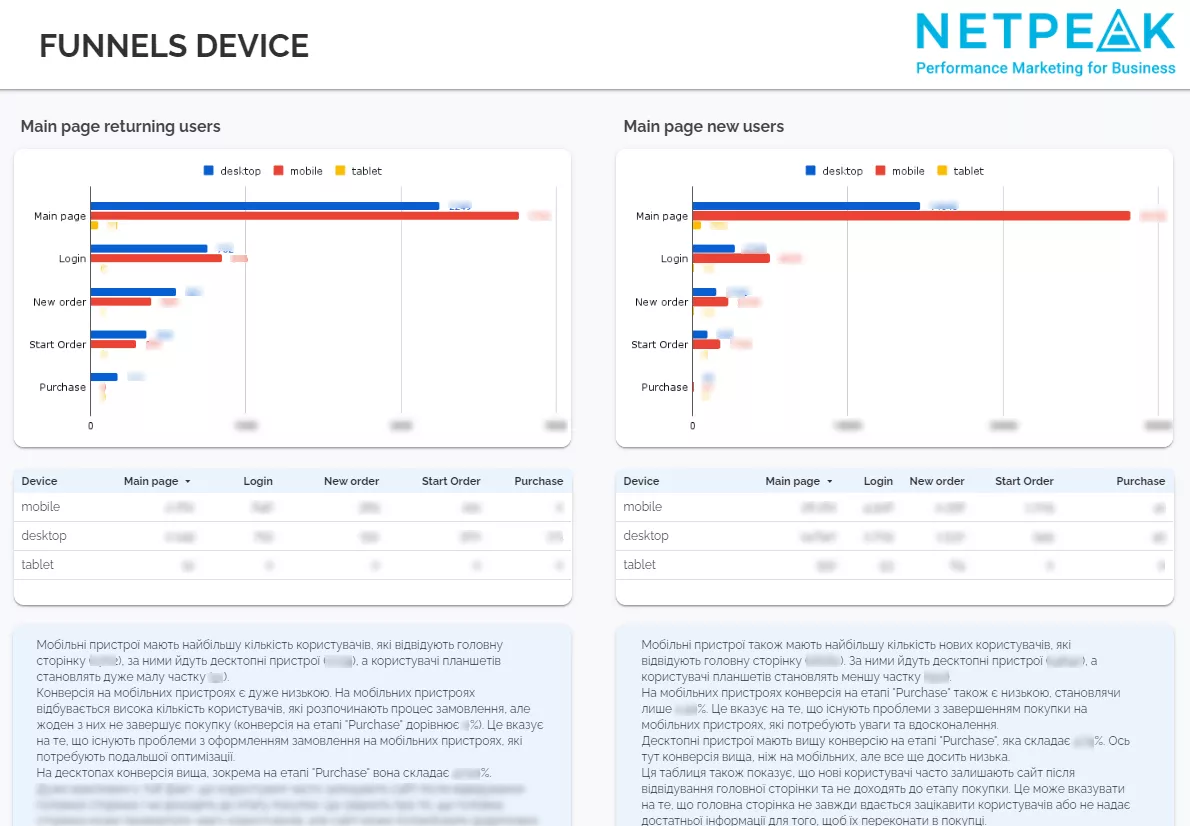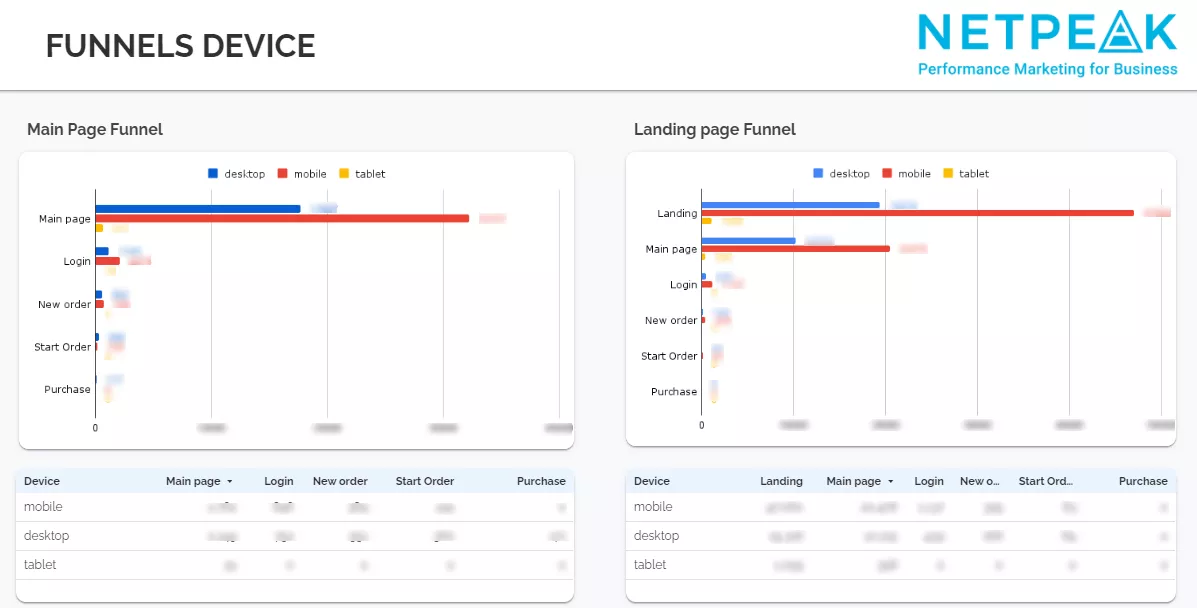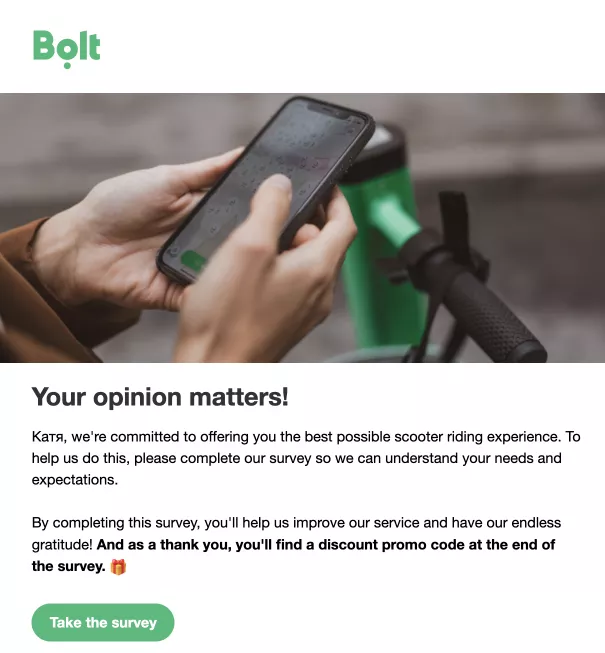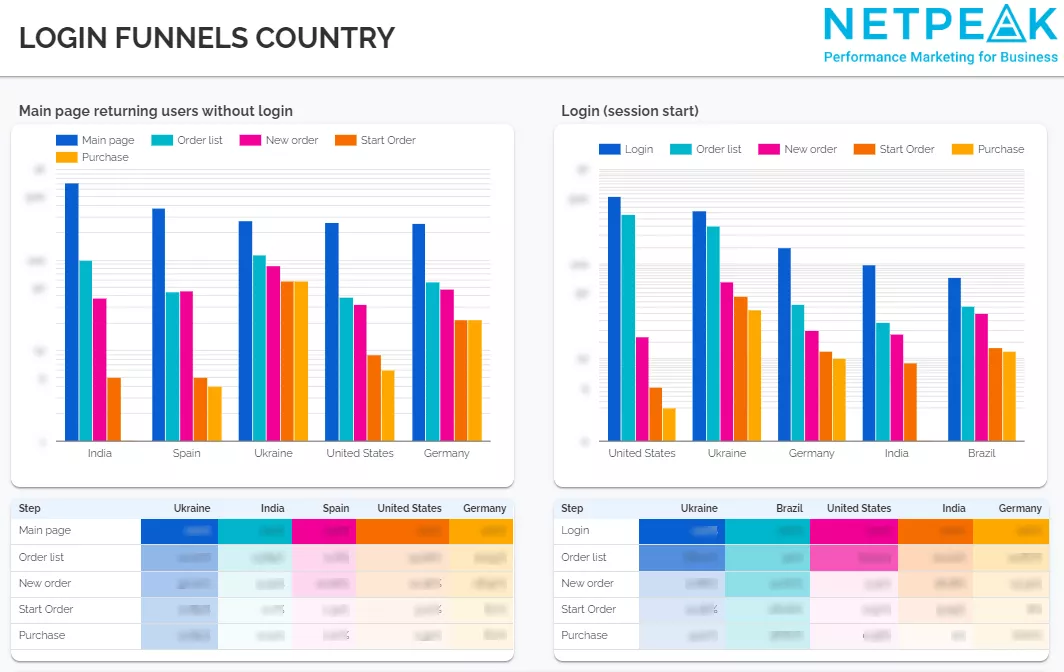Conversion rate optimization (CRO) is the process of increasing the number of website visitors who convert to customers. It involves analyzing user behavior and removing barriers that prevent them from performing the desired action on the website.
This article takes an in-depth look at conversion rate optimization. It covers the basics of website conversion rate, how to calculate it, and the tools you can use to increase it. One of the most important techniques of CRO is also discussed: A/B testing.
What is a website conversion?
A website conversion is a targeted action performed by site visitors, such as buying a product, filling out a form, or subscribing to a newsletter. The website conversion rate refers to the percentage of visitors who perform this targeted action. It is one of the most important website metrics and affects the profitability of your business.
How to calculate your conversion rate
To determine the conversion rate, you need to use this formula: (Number of conversions / Number of visitors) x 100%.
- The number of conversions is the number of users who performed the desired action on the website. For example, they made a purchase or filled out a form.
- The number of visitors is the total number of people who visited the website.
Why increase your conversion rate?
All businesses can benefit from an improvement in conversion rates. In fact, increasing conversion rates is crucial for maximizing a website's financial and social potential.
- Increase in sales. By improving conversion rates for actions like subscribing to a newsletter, you will attract more customers and, therefore, enjoy an increase in sales.
- Fix website problems. Conversion rate analysis helps identify ineffective or problematic aspects of the website, such as confusing navigation or a complicated purchase process.
- Optimize advertising costs. Increasing visitor engagement helps you allocate your advertising budget more efficiently. Spending money only on your target audience increases the likelihood of attracting new customers.
- Improve the user experience. Conversion rate optimization allows you to create user-friendly and attractive web pages, which improves the overall user experience and increases the likelihood of their return.
Basic ways to get more conversions
Here are some basic tips for increasing website conversion rates.
Tip 1: Check forms for validity.
Ensure the forms on your website are easy to use and work correctly. Pay particular attention to the forms used to share contact information, provide feedback, and request a consultation.
As a general rule, the fewer fields users have to fill out, the more likely they are to complete a form.
A Quicksprout study showed that reducing the number of fields in a form to three guarantees a minimum conversion rate of 25%. A study by Hubspot supports this concept and found that reducing the number of fields from four to three improves form completion by 50%.
Tip 2: Increase website speed.
Slow website performance negatively impacts the user experience and could cause potential conversions to be lost. Portent's research shows that pages should load within 0 to 4 seconds to maintain optimal conversion rates.
You can measure your website's load speed using the PageSpeed Insights tool.
Tip 3: Make forms accessible across devices.
Forms should display correctly on all devices and screens. According to SimilarWeb, mobile devices accounted for 66% of website usage in December 2023, so it's important to create an optimized version of your site for them.
Ensure the mobile version is responsive and easily navigable on different screen sizes.
Tip 4: Check the relevance of the traffic.
Keywords and ads should be relevant to the content of the landing page, which is the page your ad leads to. If your store sells dresses and offers discounts, use keywords in your online advertisement that reflect that.
In turn, the pages users go to should contain the actual offers mentioned in the ad.
Tip 5: Optimize your landing page.
Provide an intuitive page design: use clear headings, concise text, and visual elements that grab attention. Place information so visitors can easily find it and take the necessary action, such as filling out a form or purchasing a product.
How to perform Conversion Rate Optimization
To get started with CRO, there are several important steps to take.
Step 1: Set goals.
It is important to clearly define your goals — what exactly you want to achieve with CRO. Possible goals include:
- Increase sales
- Increase the number of newsletter subscriptions
- Increase the number of new user registrations
Having a goal will help you determine what to focus on during the optimization process.
Step 2: Set up analytics.
Analytics tools like Google Analytics 4 can help you understand how your efforts turn into conversions. There are several steps to this process.
1. Set up funnel events. Funnels are a sequence of steps a user must take to achieve a specific goal, such as completing an order.
By setting up events at each step of the funnel, you can track user behavior and identify areas for improvement.
An example is the user funnel from site entry to purchase. It is filtered by the devices used by the customers. You can see that:
- Most visitors are using mobile devices;
- Users of the desktop version of the site are more likely to make a purchase;
- A large number of mobile users drop off at the order stage, so this stage should be optimized or simplified.
2. Session review. A detailed analysis of user interactions during sessions provides important information about their behavior on the site. Most importantly, it gives you an opportunity to improve the user experience.
This process includes analyzing various user actions, such as page views and interaction with site elements.
The example shows the user's journey from the home or landing page to a successful purchase. As you can see from the screenshot, a relatively small percentage of users go through the login process from the home page. For example, this is a normal phenomenon in e-commerce projects, where users first browse products and log in after filling the shopping cart.
It is useful to consider such funnels in the context of advertising campaigns to know which pages users visit. This is an auxiliary factor for evaluating the effectiveness of online advertisements.
Step 3: Conduct a user survey.
Collecting feedback allows you to understand users' impressions of your site. By analyzing this information, you can formulate hypotheses about how to improve the user experience.
The survey should include several key elements.
- Introduction. It should state what the survey is about, why you are conducting it, and how long it will take to answer the questions. It should also indicate if the survey is anonymous or confidential.
- Questions. These should be clear, understandable, and as unbiased as possible.
- Response options. If you ask closed-ended questions requiring the user to choose a predetermined answer, you need to write down all possible options.
- Conclusion. At the end of the survey, let the user know that they have successfully completed the survey and thank them for participating.
Useful tools for creating surveys: Typeform, SurveyMonkey, and SurveySparrow.
To better understand user behavior specific to mobile apps—and align your conversion optimization with real-world usage—consider our Mobile App Market Research Services. We uncover user preferences, competitive benchmarks, and feature demand that help optimize your in-app experience and push your profits even higher.
Step 4: Analyze competitors in your niche.
By studying your competitors' best practices, you can learn what strategies lead to high conversions in similar businesses. Then, use this knowledge to improve your own website.
There are specialized tools for analyzing competitors:
- Ahrefs will identify the keywords your competitors are using to generate traffic, as well as analyze their content and backlink strategy.
- SimilarWeb will help you understand how users interact with websites and allow you to compare your own website with competitors’ websites.
Step 5: Create hypotheses.
Hypotheses are the basis for developing and implementing changes to a website. They should be well supported, based on data and research, and consider the target audience's characteristics.
The process of hypothesizing involves analyzing various sources of information: funnels, surveys, video sessions, etc. If the funnel analysis shows that many users drop off at checkout, you can hypothesize that simplifying the payment process will improve conversion.
If the funnel analysis shows that many users in a certain country drop off at checkout, you can hypothesize that simplifying the payment process will improve conversion.
Separating the stages of the user journey for users from different countries will also help in the next step – setting up A/B tests.
Step 6: Set up tests.
After coming up with hypotheses, you need to set up tests to investigate them. A/B testing allows you to compare different elements on the site and determine the ones that work best. You can test headlines, layouts, CTAs, etc.
All you have to do is collect the test data and analyze the results; your findings will tell you how to improve your website.
A/B testing in CRO
A/B testing is a technique that allows you to compare two alternative versions of pages or elements on a website to determine which is more effective.
A/B testing works best with a hypothesis-driven approach or when there are specific assumptions about the changes being made and their impact on user behavior. This approach allows you to confirm your assumptions and gain new insights for optimization.
Here are some recommendations for setting up an A/B test correctly.
1. Clearly define the goal. For example, it could be to increase the conversion rate, increase the time on the page, or increase the number of items added to the cart.
2. Choose the element you want to optimize. This could be a headline, call to action (CTA), design, layout, etc. When selecting an element to optimize, consider your list of hypotheses. You should choose the hypotheses that have the most potential.
3. Divide the audience into control and test groups. The former will receive the original version of the element, and the latter will receive a modified version. This process is automated and can be done using specialized tools such as Optimizely or VWO.
4. Collect data from both groups over time. For example, collect data for one or two weeks, depending on the traffic volume and the expected impact. You need to obtain enough information to analyze metrics such as conversion rate or average time on the page.
To ensure that the data is representative, it is important to follow a mathematical sampling process. This will also minimize the influence of random factors. Wait until the end of the test to draw conclusions.
5. Compare the conversion rates between the control and test groups. Here is how to do so:
- Organize conversion data for both groups — the number of successful conversions, page visits, time spent on the site, etc.
- Calculate the conversion rate for each group. You need to divide the number of successful conversions by the total number of visitors for a given group.
- Use statistical methods to measure the significance of the difference between the conversion rates of the control and test groups.
- Assess the size of the difference based on the method chosen and the significance level. If the difference is statistically significant, it is likely to be caused by the test element.
- Based on the results, make a decision about the item being tested. If the test group significantly improves over the control group, implement the change on the site.
The results of A/B testing also depend on many factors: traffic, target audience, test duration, quality of the changed elements, etc.
Services for A/B testing
There are many services and tools available for A/B testing. The most popular was Google Optimize, but it is no longer available as of September 30, 2023. Instead, there are several other useful tools that you could use.
- Optimizely. This popular A/B testing and personalization tool offers powerful features for creating and running experiments on your website. It offers many features, including a visual editor, analytics, and integration with other marketing tools.
- VWO. This service provides A/B testing, multivariate testing, and personalization. It has a built-in visual editor, automatic goal setting, analytics, and more.
- AB Tasty. This tool tests the separation and personalization of websites and mobile applications. It allows you to create and test different versions of content, layouts, and features and find out which one attracts more attention or drives higher conversions. AB Tasty helps you optimize the user experience and improve conversion rates on your website or app.
- Crazy Egg. This service gives you detailed data about user behavior on your website. It offers A/B testing, heat maps, scroll maps, and other data analysis tools.
Common mistakes in A/B testing
Despite its effectiveness, mistakes can happen when A/B testing. These mistakes will affect the results.
Mistake 1: Unrepresentative data
This is one of the most common A/B testing mistakes when testing a new element on the website. Here is how you can avoid it:
- Ensure consistent testing across different user groups to avoid hidden influences on the results.
- Have a sufficiently large sample that reflects the real behavior of website users.
- Divide the sample into different segments, for example, by demographic information or behavioral patterns.
- Ensure that different types of users are represented in each segment.
Mistake 2: Wrong settings
Before running the test, check the settings. All elements should be displayed and working properly. The most common mistakes in A/B testing are:
- Inaccuracies in the code
- Incorrect configuration of tools
- Discrepancies between the control and experimental group participants
Mistake 3: Too many concurrent tests
Conducting several A/B tests at the same time could lead to inaccuracies and false conclusions. The tests would overlap and influence each other's results.
Running desktop and mobile A/B tests simultaneously is especially difficult. That's why it's important to prioritize different tests and schedule them sequentially to avoid cross-talk.
Conclusions
- Conversion rate optimization (CRO) is the process of increasing the percentage of visitors who convert into customers. It is important for any website or business because it significantly increases sales and profits.
- The formula for determining the conversion rate is (number of conversions/number of visitors) x 100%.
- Make your website easy to use and fast to load. Slow page loading and a complicated ordering process will turn off visitors.
- Create a positive user experience at every stage of the interaction.
- Use A/B testing. It is an effective way to compare different site versions or elements to determine which works better.
- To set up A/B testing correctly, you need to define the test's purpose, select an element to optimize, divide the audience into control and test groups, collect data, and analyze the results.
- When conducting A/B testing, it's important to avoid common mistakes, such as using unrepresentative data, improper test setup, and running too many tests simultaneously.
If you’re looking to improve your app’s performance and maximize conversions on mobile devices, consider working with a specialized Mobile Conversion Rate Optimization Agency that can help you turn visitors into loyal customers.
Recommended theme posts
Related Articles
Display Advertising Effectiveness Analysis: A Comprehensive Approach to Measuring Its Impact
In this article, I will explain why you shouldn’t underestimate display advertising and how to analyze its impact using Google Analytics 4
Generative Engine Optimization: What Businesses Get From Ranking in SearchGPT
Companies that master SearchGPT SEO and generative engine optimization will capture high-intent traffic from users seeking direct, authoritative answers
From Generic to Iconic: 100 Statistics on Amazon Marketing for Fashion Brands
While traditional fashion retailers were still figuring out e-commerce, one company quietly revolutionized how U.S. consumers shop for everything from workout gear to wedding dresses


